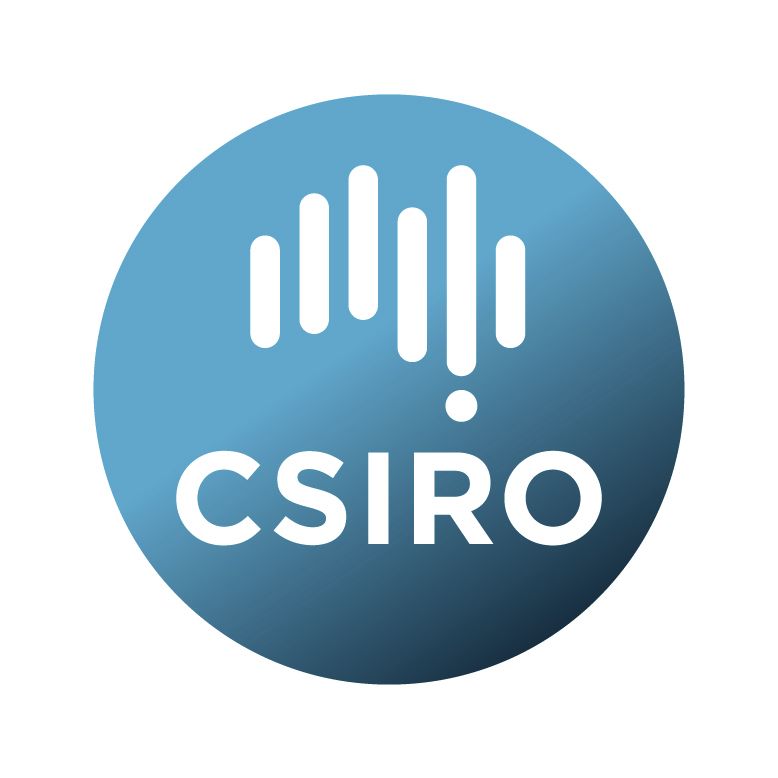Brief description
This map describes Australian fuel type classes and their estimated extents using the Bushfire Fuel Classification (BFC) framework of Hollis et al. (2015) and Cruz et al. (2018). The BFC is a hierarchical, structure-based classification system for fuel complexes, enabling distinct fuel extents and characterisations to be mapped directly onto fire behaviour models. The map has been generated using nationally consistent, open-source datasets, predominantly derived from remotely sensed data, to quantitatively characterise vegetation life forms, height and foliage cover. The automated production of this map allows for rapid versioning as data inputs are enhanced. This version of the BFC fuel types map integrates multiple spatial and temporal resolution datasets, ranging from 10 to 500 metres. For a detailed methodology, refer to Joshi et al. (2025).Lineage: Fuel types have been created by combining height and foliage cover data using a rule-based method according to the BFC framework of Hollis et al. (2015) and Cruz et al. (2018). Cover data were taken from the woody and grass foliage cover data derived from Moderate Resolution Imaging Spectroradiometer (MODIS) satellite imagery averaged from 2000 to 2021, as described by Donohue and Renzullo (2025). Vegetation height and cover profile data came from Scarth et al. (2019) and Lang et al. (2023), which incorporate observations from multiple optical and radar satellite-based sensors. Plantation data were included from the National Plantation Inventory (NPI) (ABARES, 2022). Croplands, Horticulture, and Wetlands were included from the Australian Land Use Mapping (ALUM) (ABARES, 2021). Sedgelands are from the National Vegetation Information System (NVIS) (DCCEEW, 2020). Spinifex is derived from multiple MODIS products; detail method is given in Joshi et al. (2025). Built-up is from the polygon footprints provided by Australian Housing Data Analytics Platform (AHDAP, 2022). Bare ground and Water are extracted from the MODIS time-series from 2000-2021, as given in Guerschman et al. (2018) and Donohue et al. (2022) respectively.
Important Disclaimer:
CSIRO advises that the information contained in this dataset comprises general statements and information based on scientific research. The user is advised and needs to be aware that such information may be incomplete or unable to be used in any specific situation. No reliance or actions must therefore be made on that information without seeking prior expert professional, scientific and technical advice. To the extent permitted by law, CSIRO (including its employees and consultants) excludes all liability to any person for any consequences, including but not limited to all losses, damages, costs, expenses and any other compensation, arising directly or indirectly from using this publication (in part or in whole) and any information or material contained in it.
Available: 2025-05-20
Subjects
Agricultural, Veterinary and Food Sciences |
BFC |
Bushfire |
Bushfire Fuel |
Earth Sciences |
Engineering |
Environmental Sciences |
Ecological Applications |
Eucalypt Forest |
Fire Ecology |
Forest fire |
Forestry Fire Management |
Forestry Sciences |
Fuel arrangement |
Fuel types |
Geomatic Engineering |
NBIC |
Natural Hazards |
Natural Hazards |
Other Environmental Sciences |
Other Environmental Sciences Not Elsewhere Classified |
Photogrammetry and Remote Sensing |
Physical Geography and Environmental Geoscience |
Remote sensing |
Vegetation structure |
Wildfire |
Wildfire fuel map |
Wildfire fuels |
User Contributed Tags
Login to tag this record with meaningful keywords to make it easier to discover
Identifiers
- DOI : 10.25919/VNMA-0J64

- Handle : 102.100.100/701771

- URL : data.csiro.au/collection/csiro:63764



